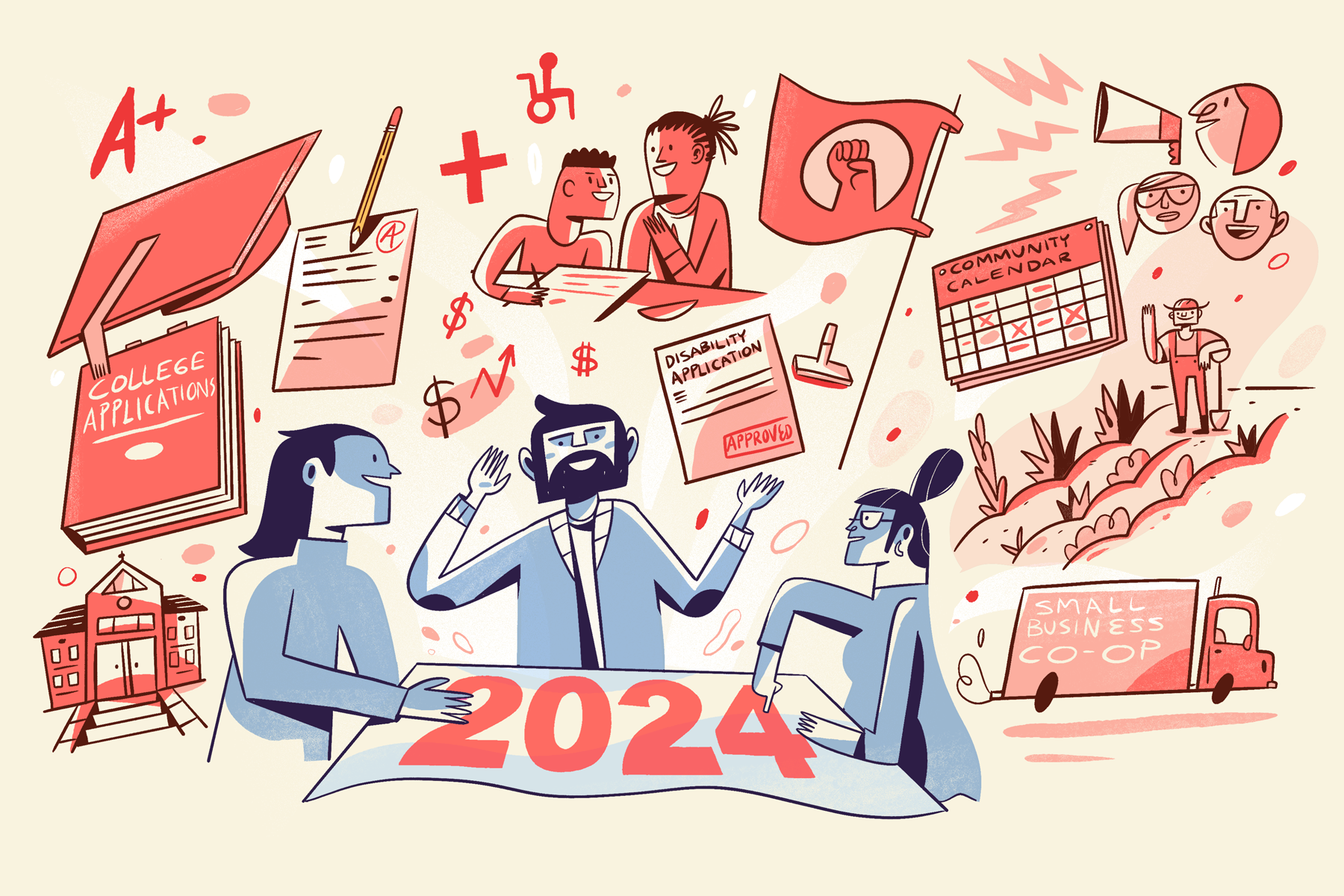
Digital Literacy: Our Sources of Truth
From an early age, we are given certain sources of truth: journalists, scientists, doctors, teachers, politicians. As a young student seeking out sources for research projects, I was often told that the best sources for verifying information were these select, highly-educated individuals. Bound by ethical frameworks, peer-review committees, or their oath of office, these members of our community are expected to operate in an unbiased manner, far removed from their own individual interests, or the interests of those in power. However, I think we can all agree that simply isn’t the case.
As a young high school student in Texas, my junior year was spent studying the civil rights movement. In all of my classes, we were encouraged to consider the different ways that, throughout history, our everyday media has been in conversation with social change movements. However, the civil rights movement was always discussed as if it was something of the past, rather than one part of a conversation that U.S. society is still having to this day, and will likely always be having. It is much easier to think of the fight for social justice in the past, rather than have to consider the ways it impacts each and every one of us every day.
Since my high school days, social media platforms like Instagram and Tiktok continue to revolutionize the way information spreads, and present media executives and politicians alike with the impossible task of keeping up with social media trends. Since the impact of COVID in 2020 and the accompanying rise of TikTok, there are more news sources than ever before. However, with all this unfettered access to information comes the task of verifying your news – a task that I, like many social media users, often forget to prioritize.
On May 5th, the Washington Post shared an article that suggested that the majority of voters in the U.S. support anti-trans legislation – a headline that, as a member of the LGBTQ+ community, made my stomach sink. However, with closer scrutiny, and the work of journalists like Erin Reed, I saw that the data used to arrive at these conclusions was outdated. And while I feel relief in knowing that the majority of Americans view attacks on LGBTQ+ civil rights as a problem, data discrepancies like the one seen in the Washington Post are far from unusual. Regardless of party affiliation and preferred news outlets, our sources of truth define our political realities.
While it’s easy to assume that extreme partisan politics are the result of changing values, if we look a little closer and start to pull apart and separate the misinformation from the deeper value system, there’s often more commonality than difference. The dividing factor is one’s source of truth. When our trusted news sources are infused with partisan interests, the strategic selection of “facts” is obscured, relying on the readers’ assumed trust to generate anger and fear of the looming threat that is the opposing party.
Since COVID, the United States has seen a massive shift in perspective and behavior in the entire population, and we are all forever changed by our shared, yet also individually unique, experience of a global disaster. Through all the “historic” moments we’ve witnessed over the last several years, it has become starkly clear that direct, strategic misinformation is an equally foundational feature of U.S. news outlets as it is to our politicians’ campaigns. Just as our media landscape is rapidly changing, the ways we engage with our everyday sources of truth must also evolve.







